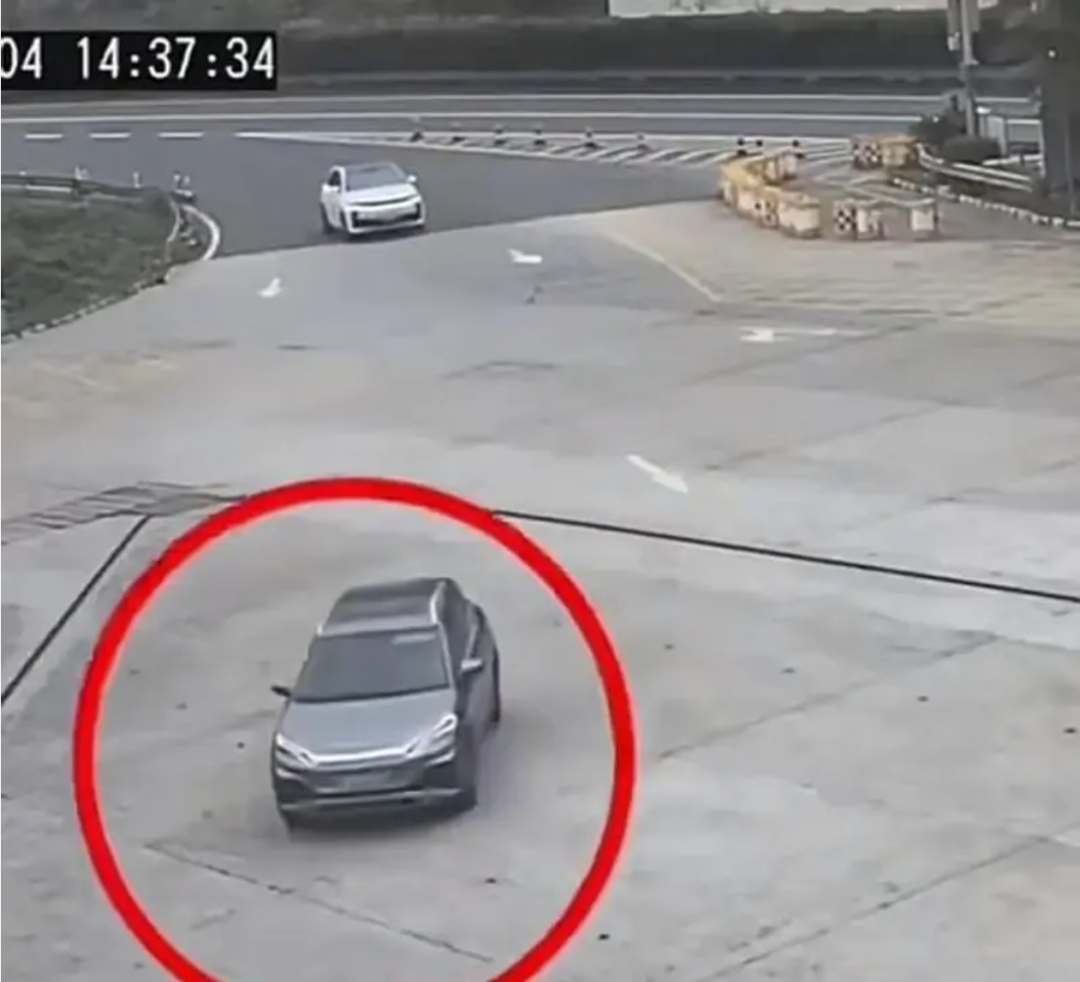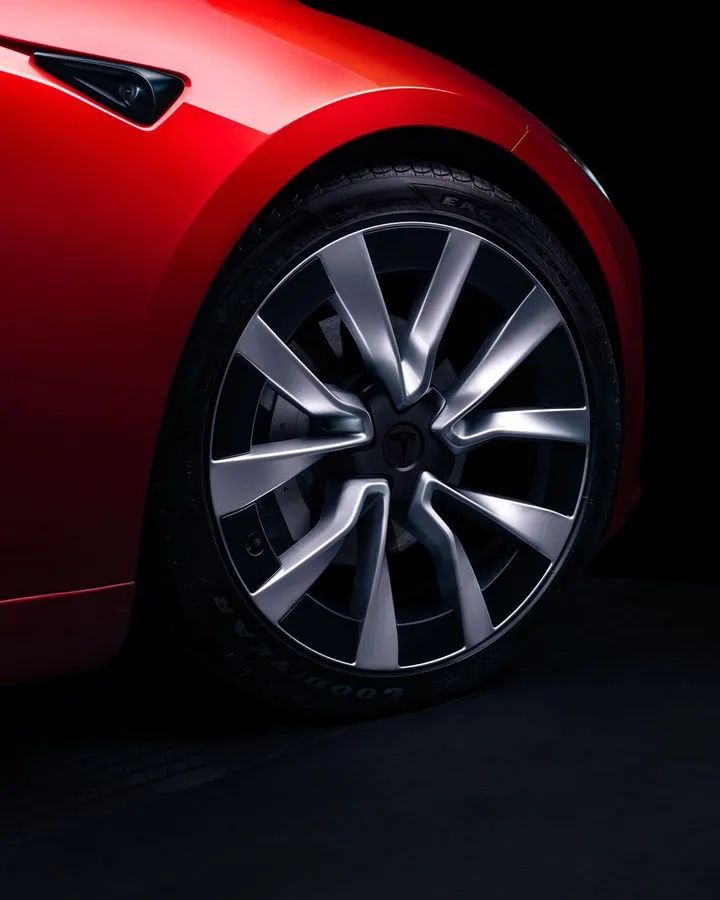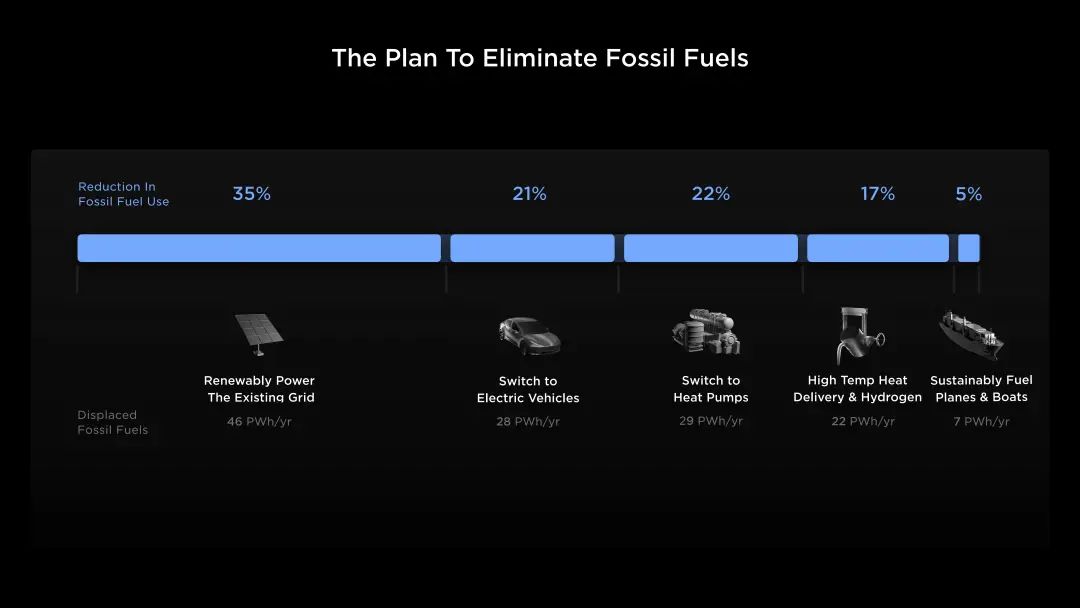BYD's Yuan PLUS vehicle caught fire instantly after hitting a gas station, but netizens praised BYD's safety
Recently, a BYD Yuan PLUS lost control and crashed into a gas station. According to the video, the accident occurred at around 14:37 pm. Although the vehicle collided, the body did not deform, and the front-seat passenger successfully escaped in just 3 minutes after fastening his seat belt at 14:40. However, it can be seen from the video that the rear passenger did not appear to have fastened his seat belt and passed out in the back seat. Although firefighters quickly arrived at the scene, by 15:01:52, the rear passengers were still trapped in the car. At this time, the front of the vehicle suddenly caught fire, and the staff and firefighters worked together to rescue the rear passengers at the critical moment.





The following four points can be summarized from this accident:
First of all, the body of BYD Yuan PLUS does not deform much after a collision, which is a good thing. Judging from the speed of the car at the time of the accident, if the video was not accelerated, the speed of the car was quite high. The A-pillar of the body was not bent, which shows that BYD's body structure performed well in this accident.
Second, the impact location was relatively lucky, and the battery did not catch fire when the front of the car caught fire. Although the fire at the front of the car was extinguished, the front of the car caught fire again while rescuing the passengers in the back seat, causing the entire vehicle to be burned. Fortunately, the vehicle did not hit the gas pump.
Third, rear passengers can escape more quickly if they wear seat belts. Everyone must fasten their seat belts from now on.
Fourth, someone mentioned that this car is equipped with a lithium iron phosphate battery. If it is a high-nickel ternary lithium battery, the consequences may be more serious. Although this statement is basically correct, the judgment of high-nickel ternary lithium batteries cannot be generalized, because there are many types of high-nickel ternary lithium batteries. The current 523, 622 and other batteries are not as active as 811. The N-nickel content in the battery is related to the reduced probability of fire. Theoretically, the higher the N-nickel ratio, the greater the battery activity. The blind pursuit of energy density is ultimately destructive. BYD used batteries with lower energy density, which provided more than 20 minutes of escape time for front and rear passengers in this accident. If it were you, would you rather choose lithium iron phosphate battery or high-nickel ternary lithium battery?
The above is the full content of BYD's Yuan PLUS vehicle caught fire instantly after hitting a gas station, but netizens praised BYD's safety









